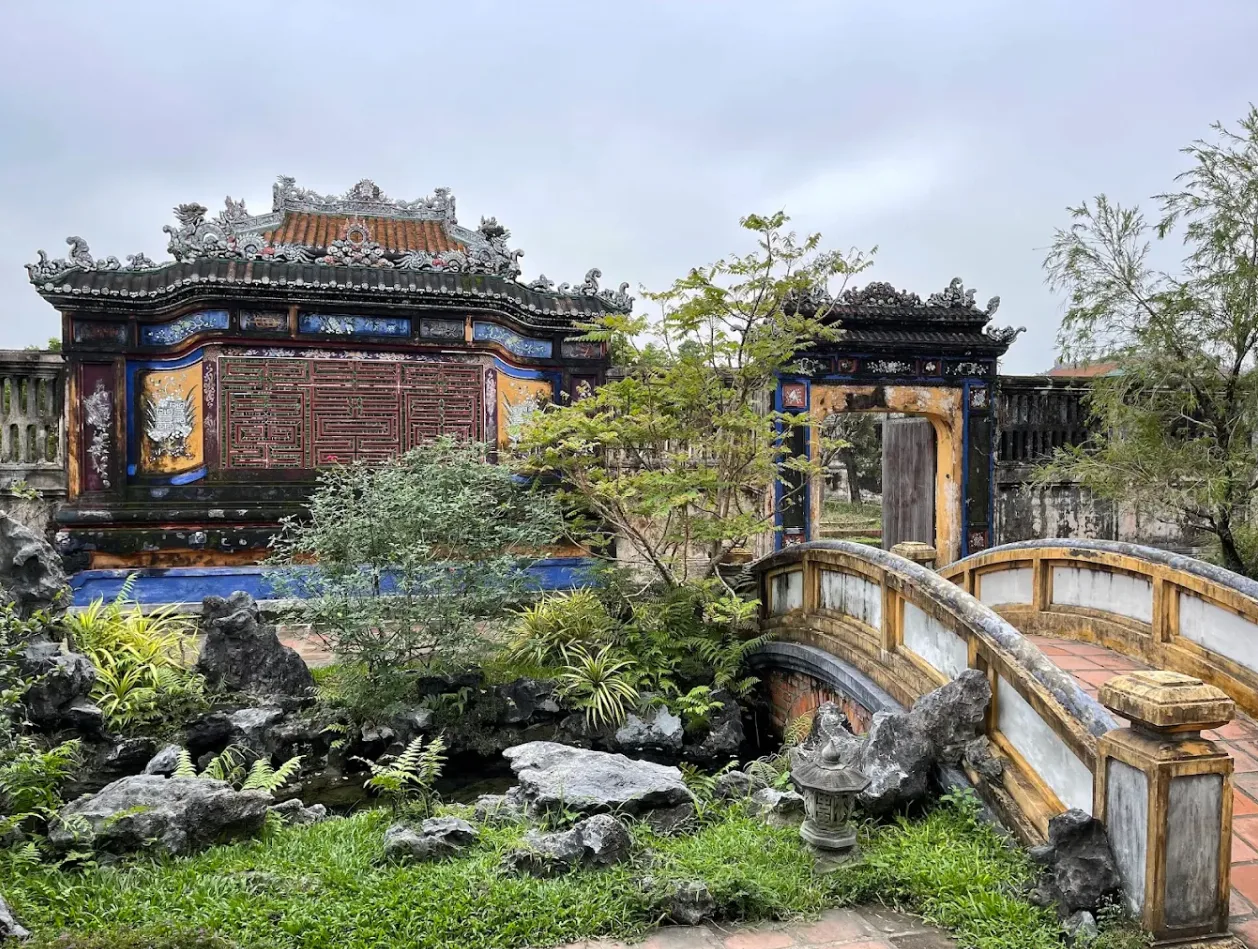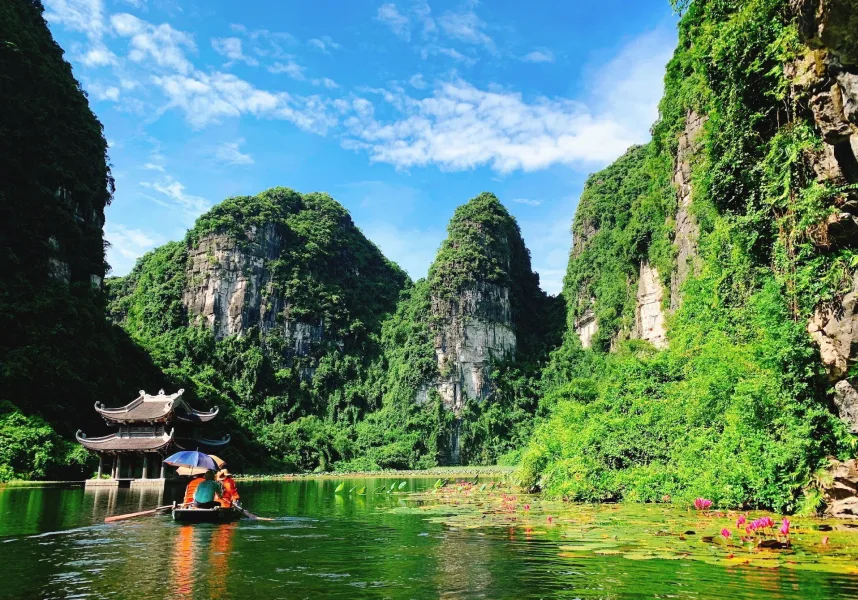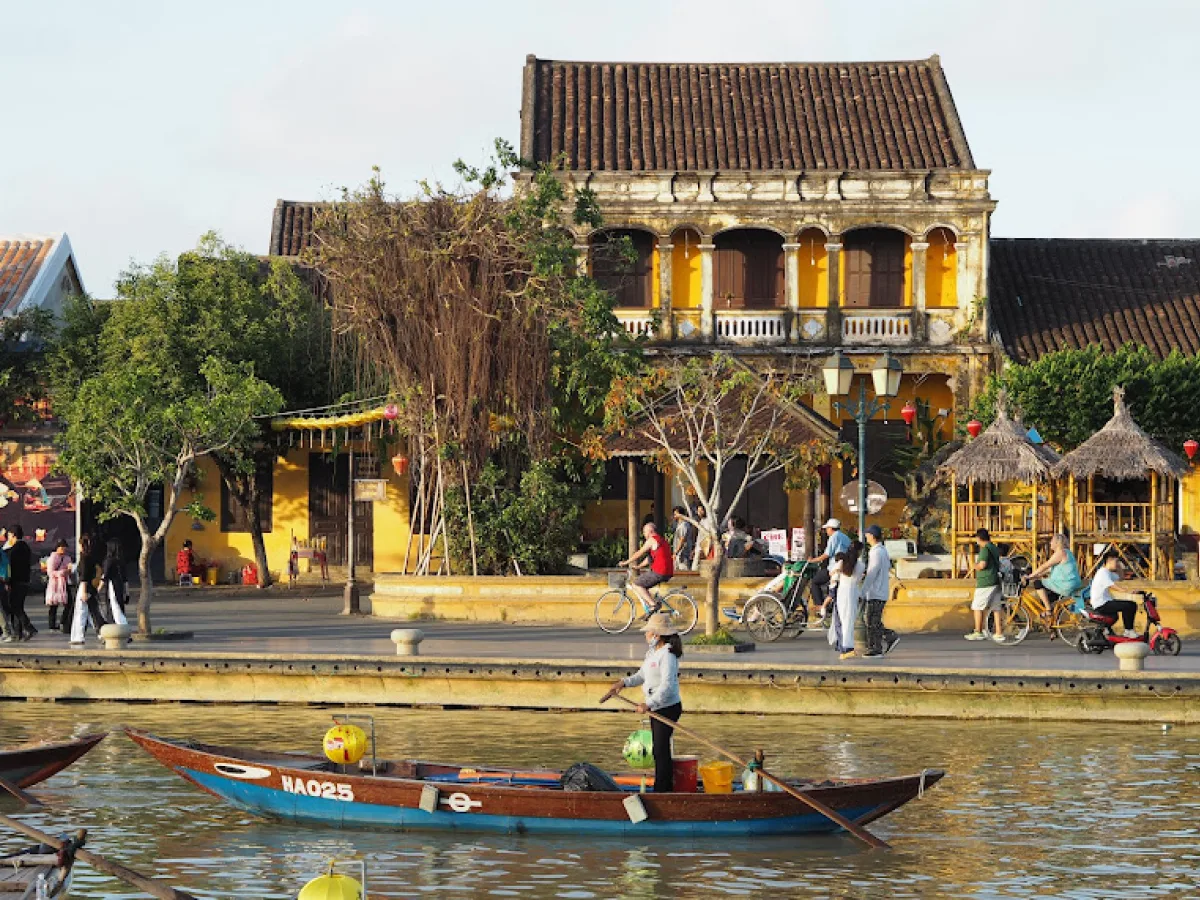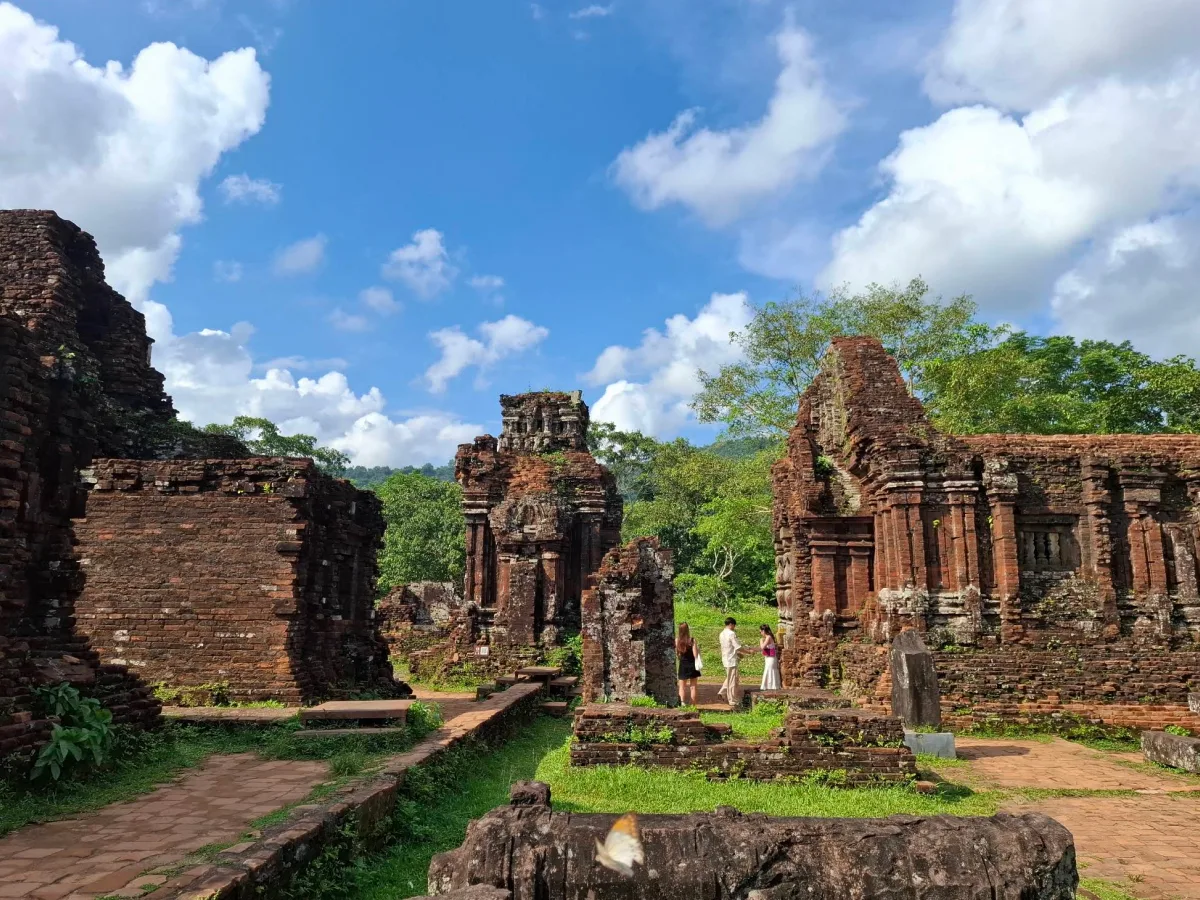
🏯 Hue Imperial City: A UNESCO World Heritage in Vietnam
Hue, the ancient capital of Vietnam, carries an air of quiet elegance and royal grandeur. Stepping into the Hue Imperial City, I felt time slow down — every brick, every moss-covered roof, every calm pond seemed to whisper stories from centuries past. It was as if the royal court of the Nguyen Dynasty had come back to life around me.
🚶 1. Journey to the Imperial City
I began my visit around 7 a.m., when Hue’s morning light was soft and the mist still lingered on the trees. The majestic Ngo Mon Gate, the main entrance, appeared in the golden sunlight — its curved roofs adorned with detailed dragon carvings and mossy tiles glistening in the breeze.
As I walked through the gate, the sound of my footsteps on ancient bricks and the faint scent of flowers filled the air. I instantly felt the solemn atmosphere — calm yet powerful — like entering another world frozen in time.
🏯 2. Ngo Mon Gate – The Imperial Entrance
The main southern gate, once reserved for royal ceremonies and the Emperor’s audiences.
Standing beneath its towering roof, I gazed up at the golden dragon motifs and wooden columns — symbols of imperial power. The intricate details, from gilded beams to tiled roofs, told stories of the Nguyen Dynasty’s glory and artistry.
👑 3. Thai Hoa Palace – The Heart of Royal Ceremonies
The ceremonial hall where emperors held court, welcomed mandarins, and hosted royal events.
Walking into the hall, I was struck by its high ceiling, red lacquered columns carved with dragons, and the faint scent of incense. The polished wooden floors gleamed in the sunlight, reflecting centuries of history. I couldn’t help imagining the solemn rituals once held here — filled with music, color, and royal grandeur.
🌿 4. Dien Tho Residence & Inner Gardens
The residence of the queen mother, featuring tranquil courtyards, lotus ponds, and bonsai gardens.
Wandering through the gardens, crossing wooden bridges over lotus ponds, I felt a sense of peace and nostalgia. The sound of flowing water and rustling leaves blended perfectly with the old-world charm of tiled roofs and carved gates. This was where royal life met simplicity — quiet, graceful, and deeply human.
🏺 5. Museum & Artifact Exhibits
Inside the Imperial City are small museums showcasing:
- Royal armor, ceremonial costumes, and accessories — intricately crafted, symbolizing the refinement of imperial artisans.
- Porcelain, paintings, and ancient manuscripts — offering a glimpse into royal culture, rituals, and philosophy.
As I admired paintings of royal ceremonies, I imagined the elegance of the Nguyen court — kings, mandarins, and courtiers moving through halls filled with music and light. Each artifact told not just history, but human stories of pride, resilience, and artistry.
🌸 6. Walking Around the Citadel
I spent time exploring the outer walls and gardens — moss-covered brick fortifications, calm ponds, ancient trees, and small side gates.
Standing atop the wall, overlooking the courtyards below, I felt history blending with the present. The morning light shimmered on the red tiles and lotus ponds, creating a scene that was both sacred and photogenic — perfect for reflection and photography alike.
📸 7. Additional Experiences
Guided tours: Highly recommended for historical insight into the Nguyen Dynasty, royal architecture, and legends.
Photography spots: The side gates, lotus ponds, bridges, and mossy roofs are perfect for dreamy photos.
Best time to visit: Early morning for soft lighting, fewer crowds, and cooler weather.
🧭 8. Travel Tips for Visiting Hue Imperial City
Dress code: Respectful, light clothing; comfortable walking shoes.
Bring: Water, hat, camera, and notebook.
Guide: Hiring a local guide enhances understanding of architecture and royal life.
Duration: At least 2–3 hours to explore fully.
Etiquette: Maintain quiet, avoid touching artifacts, and respect restricted areas.
Conclusion
Exploring Hue Imperial City is more than a sightseeing trip — it’s a walk through Vietnam’s royal soul. From the majestic Ngo Mon Gate and the ceremonial Thai Hoa Palace, to the serene Dien Tho Residence and tranquil lotus gardens, every corner embodies history, elegance, and artistry.
Whether you’re a history lover, culture seeker, or traveler in search of peace, this UNESCO World Heritage site offers a timeless journey into Vietnam’s imperial past — one that lingers long after you leave.



Comments (0)